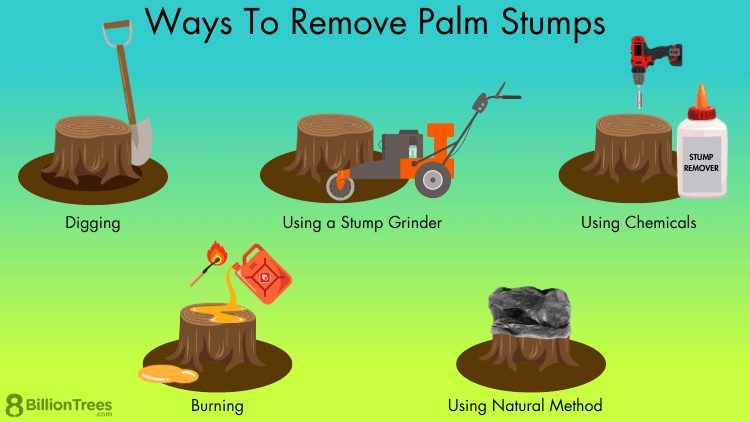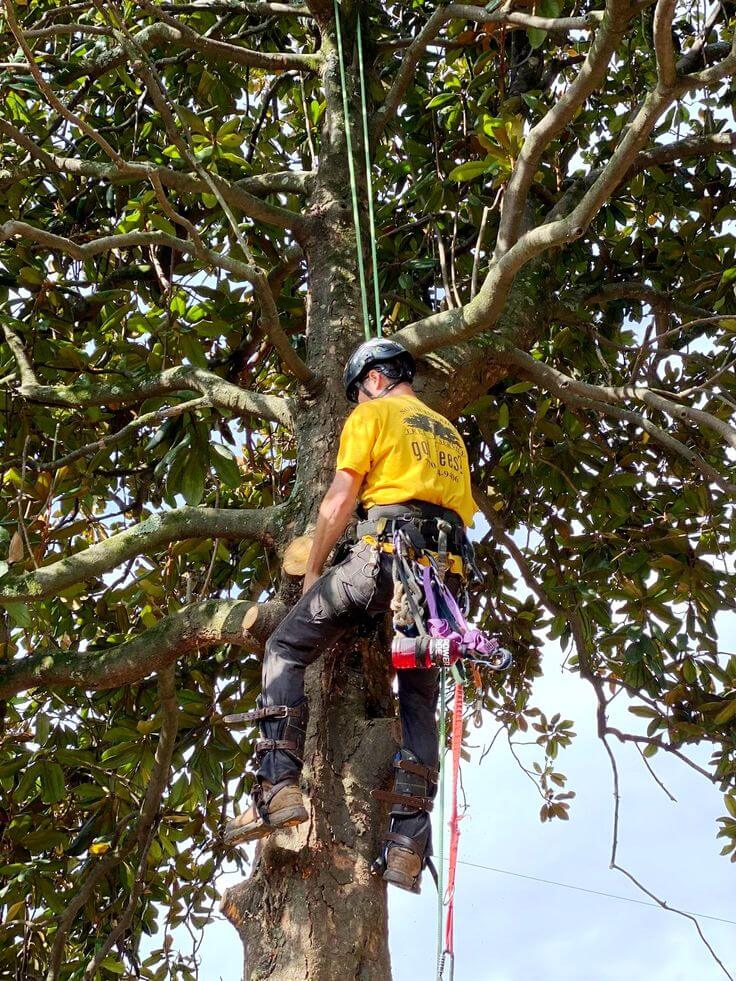Easy Stump Removal
A Complete Guide for Homeowners
Introduction to Stump Removal
Getting rid of a tree is one thing, but dealing with the leftover stump? That’s an entirely different story. Stumps are more than just an eyesore—they can get in the way of landscaping plans, attract pests, and even cause accidents if left in high-traffic areas. Whether you’re planning to revamp your backyard or just tired of tripping over that stubborn piece of wood, stump removal is a task you’ll want to handle the right way.
In this guide, we’ll dive deep into the best and easiest stump removal methods. From manual digging to powerful machinery, natural rot to chemical breakdowns—we’ll cover it all. And don’t worry, we’ll also look into how to do it on a budget and with safety in mind. If you’re the kind of person who loves a bit of DIY challenge or just wants to keep your yard neat, this guide is your new best friend.

Why Removing Tree Stumps is Important
At first glance, keeping a tree stump in your yard might not seem like a big deal. After all, it’s just a leftover piece of a tree, right? Wrong. That seemingly innocent chunk of wood can lead to all kinds of headaches.
First off, there’s the aesthetic factor. A big ugly stump doesn’t exactly add charm to your outdoor space. If you’ve invested time and money into a beautiful garden or lawn, that stump can be the sore thumb sticking out.
Next, it’s a tripping hazard—especially for kids, pets, or anyone just enjoying a stroll through the yard. Even worse, it can damage your lawn mower or other tools if it’s not clearly visible.
Then there’s the pest problem. Stumps are magnets for insects like termites, beetles, and ants. Over time, these critters can spread to healthy trees—or worse, your home. That’s the kind of hassle you definitely want to avoid.
And let’s not forget regrowth. Some trees are stubborn. Even after you chop them down, they try to grow back from the stump. These new shoots sap nutrients from the soil and can make your yard maintenance a real hassle.
Bottom line? Removing a stump isn’t just about making your yard look pretty—it’s about safety, pest control, and keeping your landscape healthy.
Common Problems Caused by Leftover Stumps
Still thinking about leaving that stump alone? Let’s take a closer look at the domino effect it can cause. When you leave a tree stump in your yard, you’re inviting a bunch of issues to settle in—and trust me, they’re not fun.
For starters, mowing your lawn becomes a real challenge. One wrong turn and your mower blade could be toast. That’s not only costly but also dangerous. And speaking of danger, those stumps can be hidden under grass or leaves, making them a hazard for anyone walking or running through the area.
But it doesn’t stop there. Stumps often start to decay, and that decaying wood becomes a haven for fungi. Some of those fungi can spread diseases to nearby plants and trees, disrupting your whole garden ecosystem.
Oh, and let’s talk about space. A stump and its massive root system take up a ton of underground room. That limits your ability to plant new trees, shrubs, or even install garden features like patios and walkways. It’s like having a giant underground anchor holding your landscaping dreams back.
Also, if you ever plan to sell your property, a stump can actually reduce your home’s curb appeal. Buyers see it as a job they’ll have to do—and that could reflect in the offer they make.
So, while it might seem like an easy decision to just “leave it be,” the long-term consequences are almost always more trouble than they’re worth.

Understanding the Basics of Tree Stump Anatomy
Before we get into the nitty-gritty of removing a stump, it helps to understand what you’re actually dealing with. Think of a tree stump like an iceberg—what you see above the ground is only a small part of the whole picture. Beneath the surface lies a tangled web of roots that can extend several feet deep and wide.
At the core of every stump is the heartwood—the dense, central part of the tree that’s hardest to break down. Encasing the heartwood is the sapwood—though it’s less dense, it’s still quite a challenge to get rid of. Then you’ve got the roots—some are small and manageable, but others can be thick, stubborn, and stretch deep into the soil.
Different trees have different stump challenges. For example, hardwoods like oak and maple have dense stumps that rot slowly, making them tough to remove. Softwoods like pine, on the other hand, break down a bit easier but may have broader root systems that need more digging.
Knowing the anatomy of your stump can help you choose the best removal method. If it’s small with shallow roots, manual removal might work fine. But if it’s large and deeply rooted, you may need to bring out the big guns—like a stump grinder or chemical treatment.
Factors That Make Stump Removal Easier or Harder
Not all stumps are created equal. Some pop out of the ground with a little elbow grease, while others seem like they’re fused to the Earth itself. So what makes some stumps easier to remove than others?
First off, the age of the stump matters—a lot. Aged stumps tend to be more brittle and decomposed, making them simpler to break down and extract. Fresh stumps, especially from recently felled trees, tend to be tougher and more stubborn.
Then there’s the type of tree. As mentioned earlier, hardwoods are notoriously more difficult to deal with. If you’re dealing with something like hickory or elm, get ready for a workout. Softwoods like cedar and fir are usually less of a hassle.
Soil type plays a big role too. Loose, sandy soil makes digging out stumps a breeze. But if your yard is full of clay or rocky soil, you’re in for a tougher job.
Weather and moisture also come into play.

